You are cozied up on the couch, ready to binge your favorite show, when the dreaded buffering wheel spins. You glance at your phone full Wi-Fi technology bars. So why isn’t it working? Here’s the kicker: Wi-Fi and the internet aren’t the same thing.
People confuse them all the time, and it’s no wonder. The terms get mashed together like peanut butter and jelly, but they’re more like bread and butter related, yet distinct. In this massive guide over 2500 words of pure clarity we’ll break down the difference between Wi-Fi networks and the global communications network known as the internet. Let’s dive in and sort this out, step by step.
The Internet Unveiled: What’s Really Powering Your Online Life?
Imagine the internet as a global highway system massive, sprawling, and buzzing with activity. At its core, the internet is a global communications network, a web of interconnected computers talking to each other across the planet. It’s how you stream cat videos from a server in California or video-chat with a friend in Tokyo. Pretty wild, right?
So, what is it, exactly? Simply put, the internet is a network of networks. Computers, servers, and devices link up through internet service providers (ISPs) like Comcast or Verizon—think of them as the gatekeepers. Data zips around in tiny packets, hopping from one server to another via underwater cables, satellites, and towers. It’s like a high-tech postal service, delivering emails, memes, and streaming services instead of letters.
The internet officially kicked off in 1969 with ARPANET, a U.S. military project. Today, it connects over 4.9 billion people more than half the world’s population according to Statista’s 2024 data. That’s a lot of Netflix watchers! But how do you tap into this beast? That’s where the fun begins.
Your Device’s Ticket to the World
Your phone, laptop, even that smart toaster they are all itching to join the online party. To get an internet connection, your devices need a way to plug into this global system. There are two main paths: wired and wireless. You’ve probably done both plugged in a cable at your desk or tapped a Wi-Fi network at a coffee shop.
Both methods get you online, but they’re not identical twins more like cousins with different vibes. A wired setup uses a physical cable, while a wireless connection relies on Wi-Fi technology. Each has its quirks, strengths, and moments to shine. Let’s unpack them one at a time so you can see how they fit into the bigger picture.
Wired and Ready: Connecting with a Physical Cable
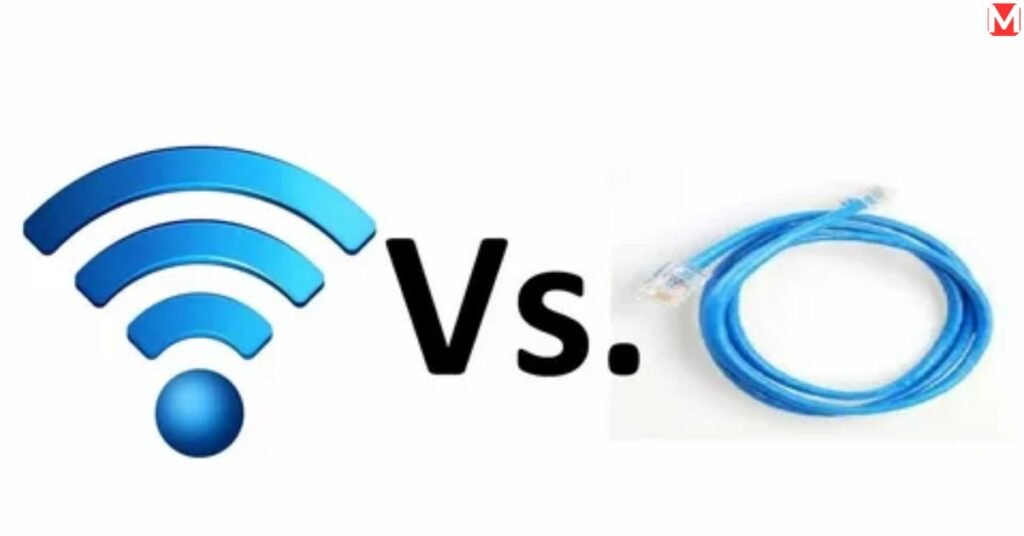
Ever notice that chunky Ethernet cable snaking behind your desk? That’s your ticket to a rock-solid internet connection. A physical cable whether it’s an Ethernet cable, LAN cable, or speedy fiber optic cable connects your device straight to a modem and router combo or directly to your internet service provider’s network.
The cable plugs into your device on one end and a network equipment piece (like a modem) on the other. The modem talks to your ISP, which hooks you into the global communications network. It’s a direct line no middleman, no fuss. The result? Blazing speeds and stability that won’t quit. Gamers swear by it zero lag means no mid-match disconnects.
Fiber optic cables can hit speeds up to 10 Gbps (that’s 10,000 Mbps!), according to the FCC’s 2023 broadband report. Compare that to average Wi-Fi speeds of 50-200 Mbps, and it’s no contest. Wired is the VIP lane on the internet highway. But not everyone wants to be tethered—cue the wireless revolution.
Going Wireless: How Wi-Fi Sets You Free
Wi-Fi technology is like magic internet without the leash. Suddenly, you’re streaming online services from the backyard or scrolling X in bed. But what’s really happening? Wi-Fi uses radio waves to beam data from a Wi-Fi router to your connected devices. It’s a wireless connection, no physical cable required.
Wi-Fi doesn’t make the internet it delivers it. Your Wi-Fi router connects to a modem, which links to your internet service provider. Those radio waves? They’re just the messenger, carrying data across your home network. Fun fact: Wi-Fi stands for Wireless Fidelity, coined in 1999 by the Wi-Fi Alliance. Sounds fancy, but it’s just a catchy name.
So, if Wi-Fi gets you online, is it the same as the internet? Not quite. Think of Wi-Fi as the last mile your personal bridge to the big, bad global communications network. Let’s dig deeper into that distinction.
Wi-Fi vs. Internet: Untangling the Web of Confusion
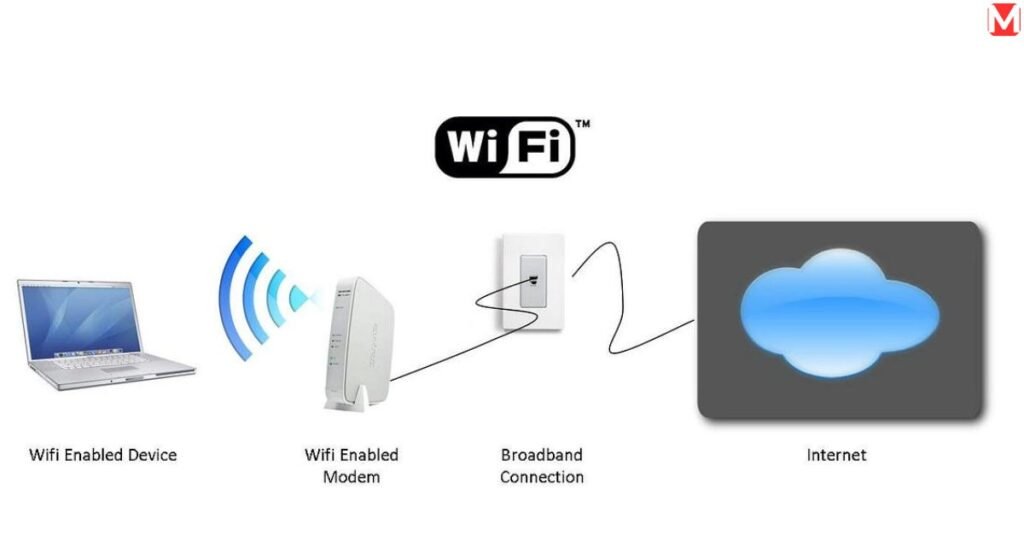
Are Wi-Fi technology and the internet the same? Nope they are teammates, not twins. The internet is a vast ocean of data servers, websites, and streaming services galore. Wi-Fi? It’s your boat, ferrying you from shore (your home network) to that ocean. Without an internet connection from your ISP, your boat’s dead in the water.
Let’s break it down:
- Internet: The worldwide web of networks think Google, Netflix, and X.
- Wi-Fi: A wireless network that connects your connected devices to a modem and router, which taps into the internet.
Your Wi-Fi router needs an internet service provider to work its magic. No ISP, no ocean just a dry dock. Case closed, right? Well, there’s more to explore. Can Wi-Fi exist without the internet? Spoiler: yes!
Wi-Fi Without Internet: Proof They’re Not Joined at the Hip
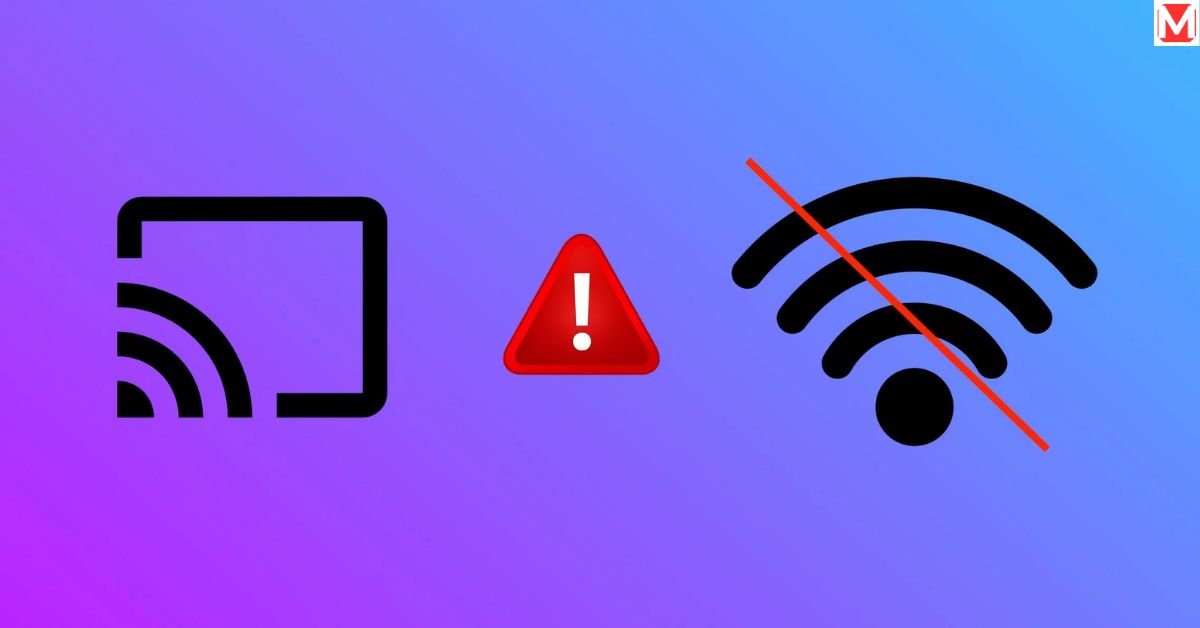
Ever seen full Wi-Fi signal bars but no webpage loads? It’s not a glitch it is proof Wi-Fi and the internet aren’t glued together. A Wi-Fi network can run locally without an internet connection. How? Your Wi-Fi router creates a home network, letting connected devices talk to each other no ISP required.
Take this example: Apple’s AirDrop. It uses Wi-Fi technology to share photos between your iPhone and Mac, no internet needed. Or picture a smart home setup your IoT devices like lights and thermostats chat over your home Wi-Fi, even if the ISP’s down.
Here’s a real-world case study: In 2022, a rural school in Oregon lost its broadband provider for a week. Teachers set up a local Wi-Fi network with a mesh Wi-Fi system, letting students share files and work offline. No internet, but the wireless system kept humming. Wi-Fi’s the messenger; the internet’s the message. So why do we blur the lines?
The Mix-Up Mess: Why Wi-Fi and Internet Get Tangled in Our Minds
Blame it on the bars those sneaky Wi-Fi signal icons trick us every time. You see “connected” and think, “I’m online!” But full bars just mean your device’s linked to the Wi-Fi router, not the global communications network. It’s a classic brain glitch psychologists call it a cognitive shortcut.
Marketing doesn’t help. Internet service providers bundle Wi-Fi routers with their plans, calling it “Wi-Fi internet.” No wonder the lines blur! A 2023 Pew Research survey found 62% of Americans think Wi-Fi is the internet. Even tech ads lean into it think “Get faster Wi-Fi” when they mean “faster broadband.”
Here’s a quote from tech expert Craig Federighi of Apple: “Wi-Fi’s the vehicle, not the destination.” Spot on. Time to cut through the fog and see these two for what they are.
Here’s a quote from tech expert Craig Federighi of Apple: “Wi-Fi’s the vehicle, not the destination.” Spot on. Time to cut through the fog and see these two for what they are.
Wi-Fi 101: How It Links You Locally, Not Globally
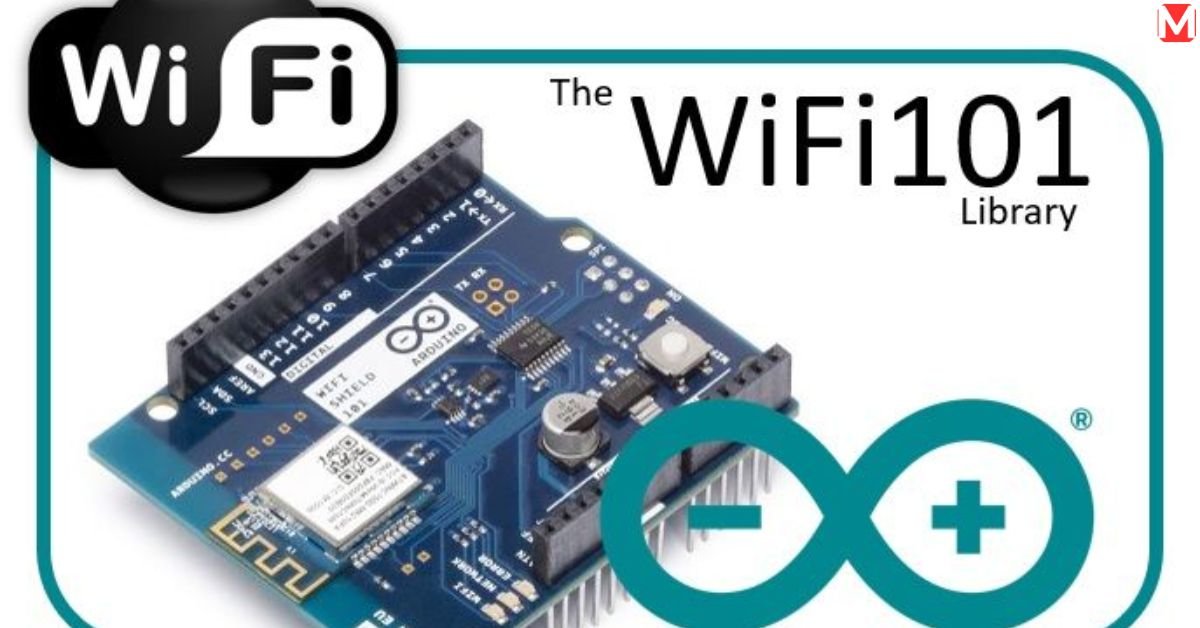
Wi-Fi technology is a short-range superhero here’s how it pulls it off. Your Wi-Fi router blasts radio waves, typically on 2.4 GHz or 5 GHz bands, creating a wireless network called a LAN (Local Area Network). Your phone, TV, and smart gadgets hop on, chatting within a 100-300 foot radius, depending on walls and interference.
Compare that to the internet a WAN (Wide Area Network) spanning continents via fiber optic cables and satellites. Wi-Fi’s a walkie-talkie, barking orders in your house. The internet’s a satellite, beaming signals worldwide. Together, they’re a power duo, but solo? Totally different beasts.
Clearing the Fog: Your Quick Guide to Wi-Fi and Internet Smarts
Next time your Wi-Fi access drops, you’ll know who to blame. The internet’s the destination a sprawling digital network of possibilities. Wi-Fi’s the ride a wireless connection shuttling you there via your smart router. When it fails, check both: Is your Wi-Fi router dead, or is your internet service provider napping?
Restart your modem and router 90% of glitches vanish with that trick, per a 2024 Consumer Reports study. No luck? Call your ISP. You’re now armed with the know-how to troubleshoot like a boss. At the coffee shop, you’ll be the guru explaining why “Wi-Fi’s down” doesn’t mean the internet’s dead.
FAQs: Your Top Wi-Fi and Internet Questions Answered
Can I Use Wi-Fi Without an Internet Connection?
Yes, absolutely! Your Wi-Fi router can create a home network without an ISP. Think of sharing files between your laptop and phone via a wireless connection—no global communications network required. It’s like a private party for your connected devices.
Why Does My Wi-Fi Work but I Can’t Stream Videos?
Full Wi-Fi signal doesn’t mean your internet connection is live. Your Wi-Fi network might be fine, but if your internet service provider is down, streaming services like Netflix won’t load. Check your modem or call your telecom company.
Is a Wired Connection Always Faster Than Wi-Fi?
Not always, but usually. A physical cable like an Ethernet cable skips interference from walls or other hotspots, giving you steady speeds—up to 10 Gbps with fiber optic cable. Wi-Fi tops out lower, often 200-500 Mbps on a dual-band router, per 2024 tests by Ookla.
Do All Devices Need Wi-Fi to Access the Internet?
Nope! Connected devices can use a wired connection via a LAN cable or even cellular data for mobile connectivity. Wi-Fi’s just one option—handy for smart home networks but not mandatory.
How Do I Boost My Home Wi-Fi and Internet Speed?
Place your Wi-Fi router centrally, away from walls. Upgrade to a mesh Wi-Fi system for bigger homes. For internet speed, ask your network provider about faster plans—50 Mbps suits online streaming, but 500 Mbps rocks for IoT devices and gaming.
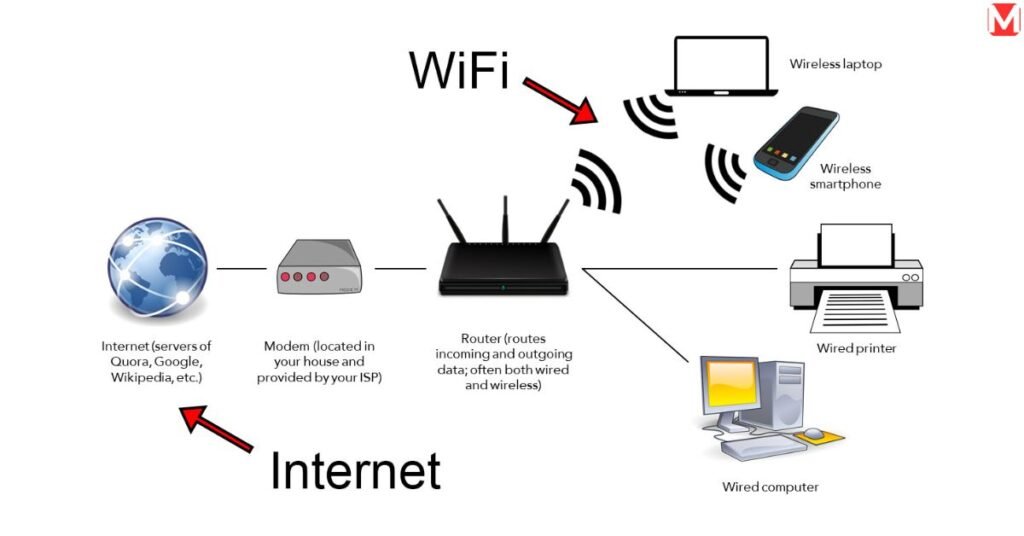


Comments are closed.